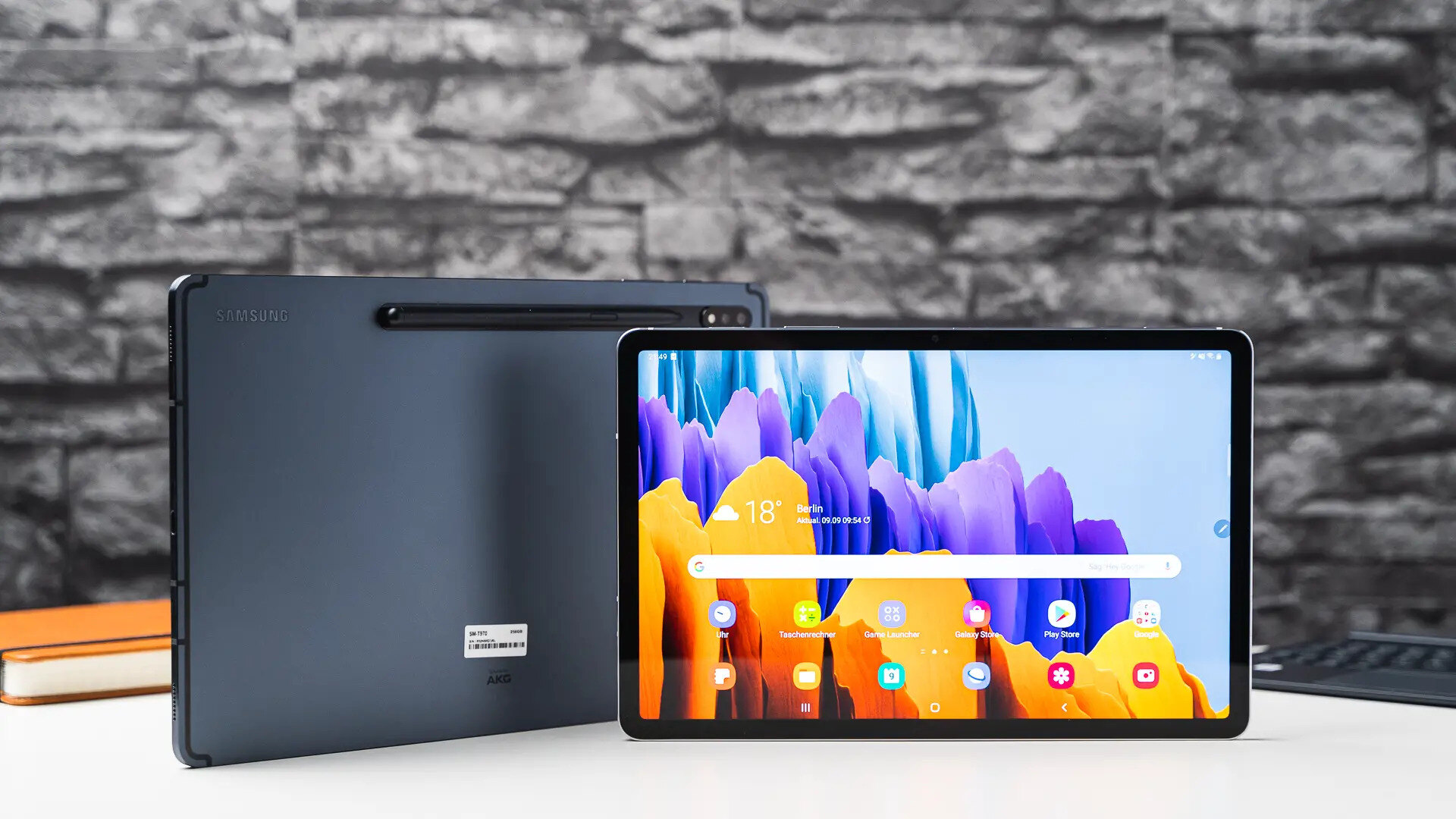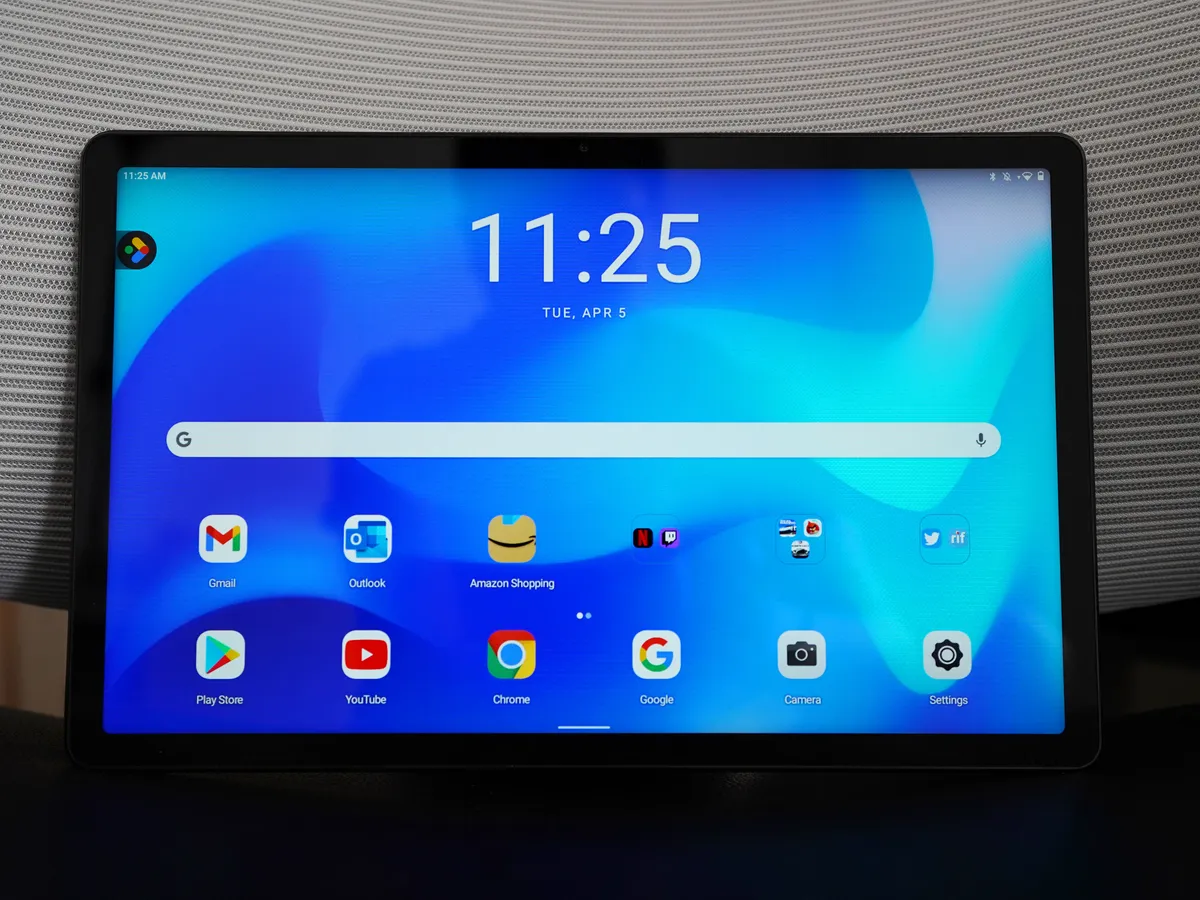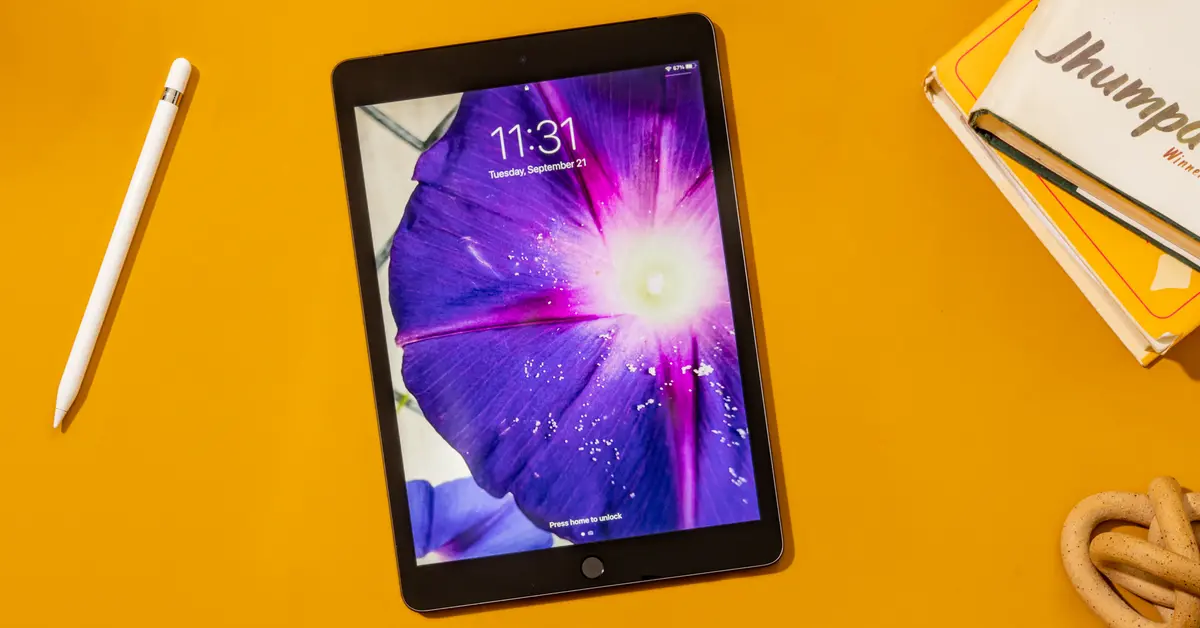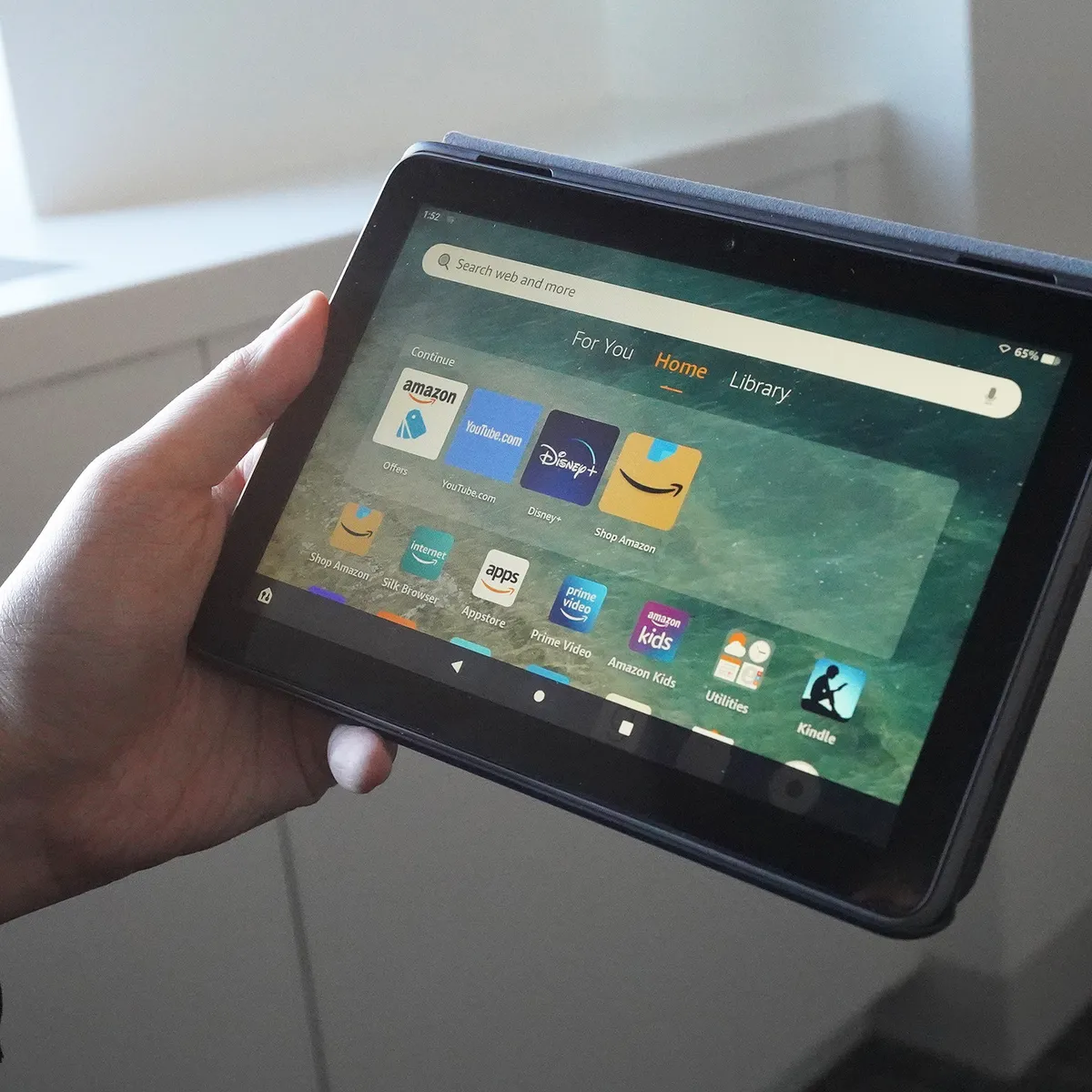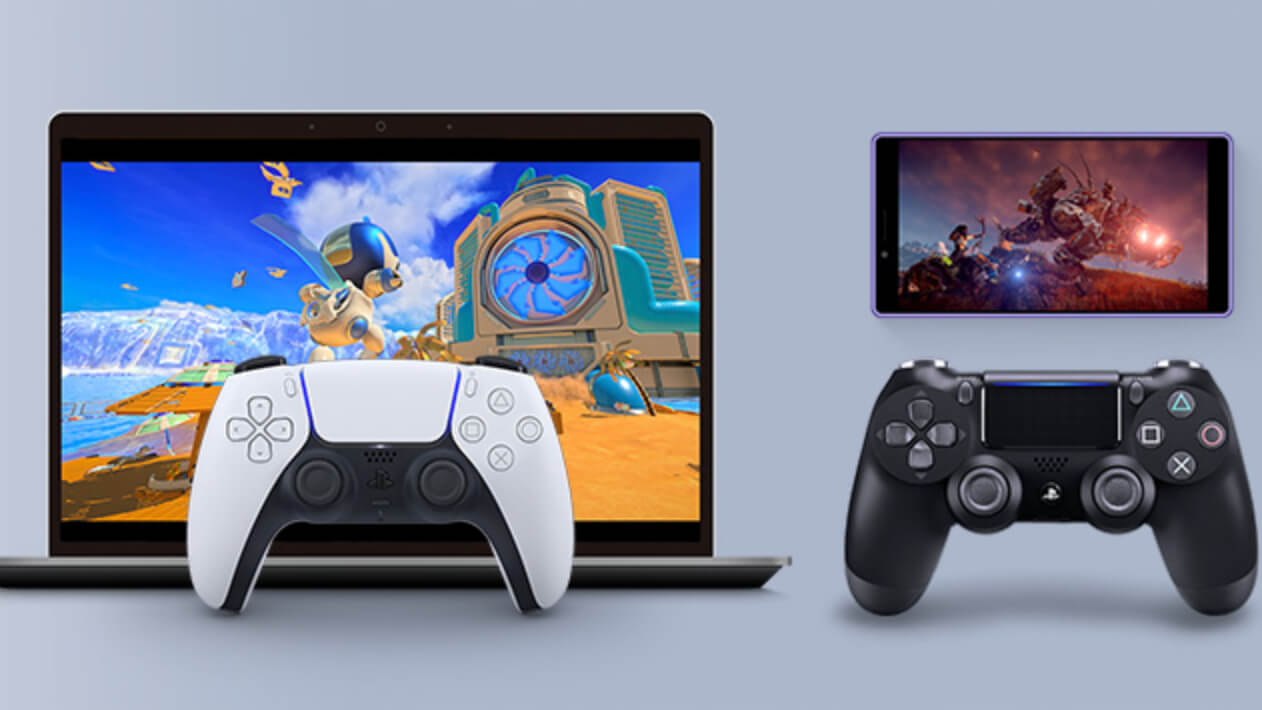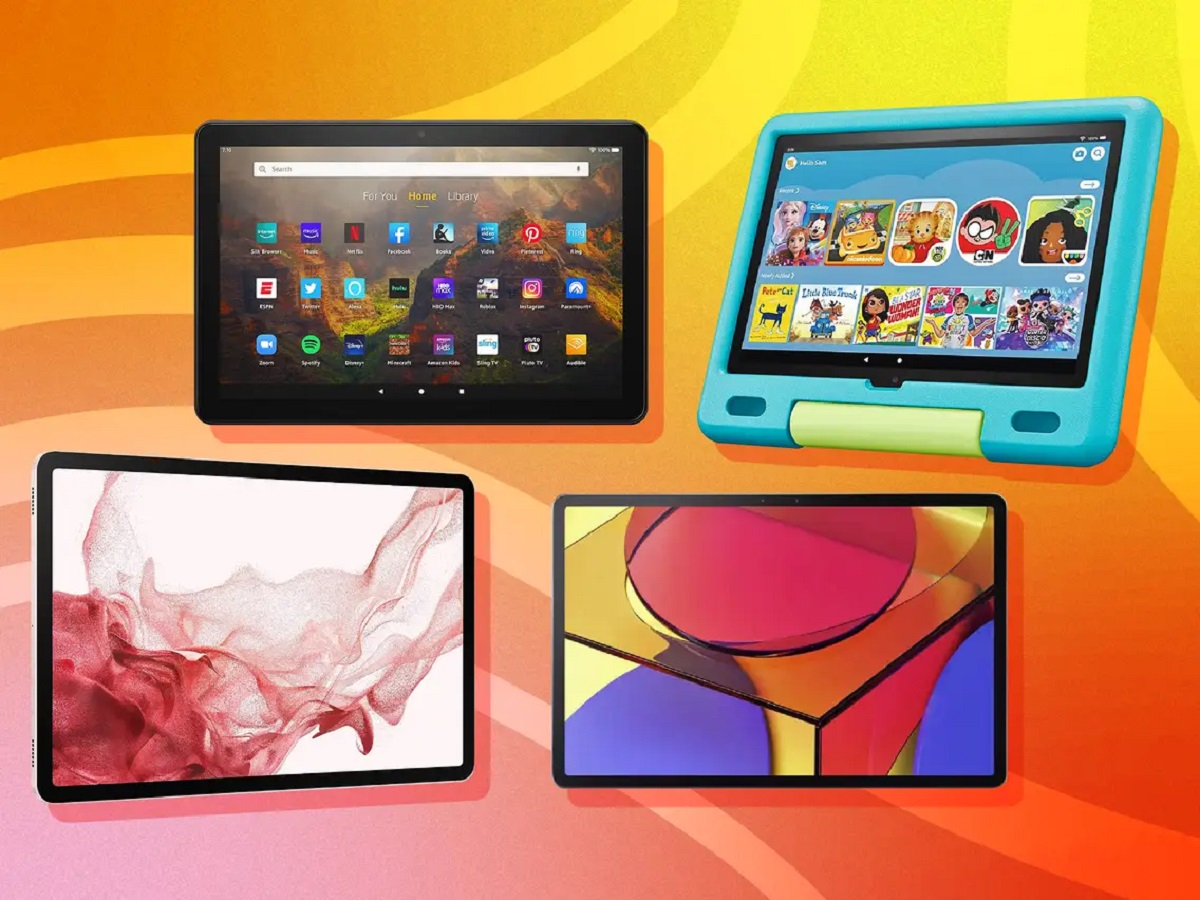Introduction
Welcome to the world of Android tablets! With their sleek design, portability, and a wide range of features, Android tablets have become a popular choice for both personal and professional use. Whether you’re a student, a professional, or simply someone who enjoys multimedia entertainment on the go, finding the right Android tablet can greatly enhance your digital experience.
Android tablets offer a diverse range of options, catering to different budgets, preferences, and requirements. From compact and lightweight tablets to larger-sized models with high-resolution displays, there is a tablet out there that’s perfect for your needs.
In this comprehensive guide, we will explore the essential factors to consider when choosing an Android tablet. By understanding these key features, you’ll be able to make an informed decision and find the perfect tablet that suits your needs and preferences.
So, without further ado, let’s dive in and explore the key elements to consider when selecting an Android tablet!
Screen Size and Display Quality
One of the first things to consider when choosing an Android tablet is the screen size and display quality. The screen size can greatly impact your experience, whether you’re reading, watching videos, or working on tasks. Android tablets come in a variety of screen sizes, typically ranging from 7 inches to 12.9 inches.
If you’re looking for something portable and easy to carry around, a tablet with a smaller screen size, such as 7 to 9 inches, may be the ideal choice. These compact tablets are perfect for reading eBooks, browsing the web, and casual multimedia consumption. On the other hand, if you prioritize a larger display to comfortably view documents, movies, or for multitasking purposes, consider opting for a tablet with a larger screen size, such as 10 to 12.9 inches.
In addition to the screen size, the display quality is equally important. Look for tablets with vibrant colors, sharp resolutions, and good viewing angles. High-resolution displays such as Full HD (1920×1080 pixels) or even 4K provide crisp visuals, making them ideal for media consumption and graphic-intensive tasks. Additionally, consider tablets with technologies like IPS (In-Plane Switching) or AMOLED (Active-Matrix Organic Light-Emitting Diode) screens, which offer better color accuracy and wider viewing angles.
Remember, the screen size and display quality should align with your intended use of the tablet. If you’re primarily using it for reading or casual browsing, a smaller screen and a good quality display would suffice. However, if you’re using the tablet for content creation, gaming, or professional tasks that require detailed visuals, a larger screen and higher display quality would be more suitable.
Processor and RAM
The processor and RAM of an Android tablet play a crucial role in its performance and multitasking capabilities. The processor is responsible for executing tasks and running applications smoothly, while RAM (Random Access Memory) determines the tablet’s ability to handle multiple tasks simultaneously.
When it comes to the processor, you should look for a tablet that is equipped with a fast and efficient chipset. Popular processors such as Qualcomm Snapdragon, MediaTek, and Samsung Exynos are known for their reliable performance and power efficiency. Higher-end tablets often feature octa-core or even deca-core processors, which offer better processing power for demanding tasks like gaming, video editing, or running multiple apps simultaneously. However, if you’re a casual user who primarily uses the tablet for web browsing, watching videos, and light productivity tasks, a quad-core processor should suffice.
In addition to the processor, the RAM capacity is essential for smooth multitasking. Higher RAM capacity allows the tablet to handle multiple applications without slowing down or lagging. For seamless multitasking, it is recommended to choose a tablet with at least 4 GB of RAM. Tablets with 6 GB or 8 GB of RAM are ideal for power users who frequently switch between resource-intensive applications or work with large files.
Keep in mind that the performance of the tablet is not solely determined by the processor and RAM. Software optimization and the tablet’s operating system also play a significant role. For example, the latest version of the Android operating system and regular software updates can provide enhanced performance and improved stability.
When choosing a tablet, consider your usage requirements. If you’re a casual user who primarily uses the tablet for browsing, streaming, and light productivity tasks, a tablet with a mid-range processor and 4 GB of RAM should be sufficient. However, if you’re a power user or professional who requires extensive multitasking, gaming, or resource-intensive applications, opt for a tablet with a high-performance processor and at least 6 GB of RAM.
Storage Capacity
Storage capacity is an important consideration when choosing an Android tablet, as it determines how much data, apps, photos, and videos you can store on the device. The storage capacity of tablets can vary, ranging from 16 GB to 512 GB or more.
When assessing the storage capacity, it’s crucial to consider your usage requirements. If you primarily use the tablet for web browsing, social media, and streaming services, a tablet with lower storage capacity, such as 32 GB or 64 GB, may be sufficient. However, if you plan to store a large number of apps, games, or multimedia files on your tablet, consider opting for a tablet with higher storage capacity.
Furthermore, some Android tablets offer expandable storage through microSD cards, which can significantly increase the available storage space. If you anticipate needing additional storage in the future, look for a tablet that supports expandable storage and check the maximum capacity it can accommodate. This allows you to easily expand the storage capacity as needed, without having to compromise on performance or delete existing data.
It’s important to note that the operating system and pre-installed apps occupy a portion of the storage space, so the actual usable storage may be slightly less than the advertised capacity. Additionally, cloud storage services like Google Drive or Dropbox can also be utilized to store files, photos, and documents, freeing up space on your tablet’s internal storage.
Ultimately, the storage capacity you choose should align with your specific needs and usage patterns. Carefully evaluate your requirements for apps, games, multimedia files, and documents to ensure that you have sufficient storage space to accommodate them, both now and in the future.
Operating System and User Interface
When selecting an Android tablet, it’s essential to consider the operating system (OS) and user interface (UI) that it offers. The operating system is the software that manages the tablet’s resources and provides the platform for running apps and performing tasks.
Android tablets typically come with the latest versions of the Android operating system. It’s important to check if the tablet is running on a recent version, as newer versions often offer improved performance, security updates, and access to the latest features and functionalities.
In addition to the operating system, the user interface is another crucial aspect to evaluate. The user interface, or UI, determines how you interact with the tablet and navigate through its features and menus. Manufacturers often customize the Android OS with their own interface overlays, such as Samsung’s One UI or Xiaomi’s MIUI. These customizations can introduce unique features and aesthetics, but they may also impact the overall user experience and performance.
Consider the user interface’s intuitiveness and responsiveness when evaluating an Android tablet. Look for a tablet with a user-friendly interface that is easy to navigate and offers a seamless user experience. The ability to customize the UI to suit your preferences and easily access vital features can greatly enhance your tablet experience.
It’s worth noting that some manufacturers provide regular software updates to their devices, ensuring that your tablet stays up to date with the latest features, bug fixes, and security patches. Consider opting for a tablet from a reputable manufacturer that has a track record of providing timely software updates.
Furthermore, Android offers a wide selection of apps and services through the Google Play Store. Ensure that the tablet you choose offers access to the Google Play Store, as it is the primary source for downloading and updating apps. Be aware that some budget or lesser-known tablets may not have access to the Google Play Store or have limited app compatibility, which can restrict your app options.
By carefully considering the operating system and user interface, you can select an Android tablet that offers an intuitive and seamless user experience, along with access to the latest features and a wide range of apps.
Battery Life
Battery life is a critical factor to consider when choosing an Android tablet, especially if you plan to use it on the go or for extended periods without access to a power source. The battery life of a tablet determines how long it can operate on a single charge, allowing you to use the device without interruptions.
Battery life can vary significantly among different tablets. Factors such as screen size, display type, processor efficiency, and software optimization can all affect how long the battery lasts. As a general guide, look for tablets that offer at least 8 to 10 hours of usage on a single charge. This should be sufficient for most everyday tasks, such as web browsing, multimedia playback, and light productivity work.
If you plan to use the tablet for more demanding activities like gaming or video editing, it’s advisable to choose a tablet with a longer battery life, ideally 10 to 12 hours or more. Additionally, keep in mind that battery life can also be influenced by adjustable settings such as screen brightness and connectivity options like Wi-Fi and Bluetooth. Adjusting these settings can help extend the tablet’s battery life when needed.
It’s worth noting that the advertised battery life may not always reflect real-world usage. Actual battery life can vary depending on usage patterns, resource-intensive tasks, and other factors. It’s a good practice to read customer reviews, user feedback, and expert opinions to get a better understanding of the tablet’s actual battery performance.
If you require even longer battery life, some tablets offer features like battery saving modes or power-saving options that can help optimize power usage and extend the device’s runtime. These features can be handy when you’re in situations where charging options are limited.
Remember, the battery life of a tablet is an essential consideration, especially if you plan to use it on the go or for extended periods. By choosing a tablet with a long-lasting battery, you can ensure uninterrupted usage and maximize your productivity or entertainment on the device.
Camera Quality
The camera quality of an Android tablet is an important factor to consider, especially if you enjoy capturing photos, recording videos, or engaging in video conferences. While tablets are not typically known for their camera prowess compared to smartphones, many modern Android tablets offer decent camera capabilities for your imaging needs.
When evaluating the camera quality, consider factors such as the resolution, aperture, and additional features offered by the tablet’s camera setup. Higher resolution cameras, such as 8 MP, 12 MP, or higher, will provide sharper and more detailed images. A wider aperture allows for better low-light performance, capturing brighter photos even in dimly lit environments.
Some tablets also offer advanced camera features like image stabilization, autofocus, HDR (High Dynamic Range), or even multiple lenses for wide-angle or telephoto shots. These features can enhance your photography experience and allow you to experiment with different shooting styles and perspectives.
It’s important to remember that while higher camera specs can indicate better image quality, there are other factors that impact the final results, such as image processing and software algorithms. Reading reviews and checking sample photos taken with the tablet’s camera can help you get an idea of its real-world performance.
Furthermore, if you plan to use the tablet for video conferencing or online meetings, consider the quality of the front-facing camera. Look for a tablet with a high-resolution front camera, as it will ensure clearer and more detailed video calls.
While the camera quality of tablets may not rival that of standalone cameras or high-end smartphones, they still offer a convenient and portable option for capturing memories or engaging in video communication. Consider your photography needs and choose a tablet with appropriate camera specifications and features to ensure satisfactory results.
Connectivity Options
When choosing an Android tablet, it’s important to consider the available connectivity options to ensure seamless connectivity and compatibility with your other devices and networks. The connectivity options offered by a tablet can greatly impact its versatility and usability.
Most tablets come with built-in Wi-Fi connectivity, allowing you to connect to wireless networks and access the internet. Wi-Fi connectivity is essential for browsing the web, downloading apps, streaming content, and staying connected to online services. When assessing the Wi-Fi capability, look for tablets that support the latest Wi-Fi standards, such as Wi-Fi 5 (802.11ac) or Wi-Fi 6 (802.11ax), as these provide faster speeds and better network performance.
In addition to Wi-Fi, some tablets offer cellular connectivity, allowing you to access the internet and make calls using mobile data networks. If you require constant connectivity on the go without relying on Wi-Fi hotspots, consider opting for a tablet with cellular capabilities. However, keep in mind that cellular-enabled tablets typically require a separate data plan from a mobile network provider.
Another essential connectivity option to consider is Bluetooth. Bluetooth allows you to wirelessly connect your tablet to various devices, such as headphones, speakers, keyboards, and other peripherals. Ensure that the tablet supports the latest Bluetooth version, as this ensures better compatibility with a wider range of devices and improved data transfer speeds.
Furthermore, USB ports and expansion slots are important connectivity options to consider. USB ports allow you to connect external storage devices, keyboards, mice, and other accessories to your tablet. Additionally, some tablets offer expandable storage through microSD cards, allowing you to increase the available storage space.
Lastly, consider any other specific connectivity options you may require, such as HDMI or audio output ports, which can be useful for connecting your tablet to external displays or audio systems. These additional connectivity options can enhance your tablet’s versatility and allow you to use it in various scenarios.
By carefully evaluating the connectivity options offered by an Android tablet, you can ensure that it aligns with your specific needs and allows for seamless connectivity with your other devices and networks.
Price Range
Price is a crucial factor to consider when choosing an Android tablet, as it determines how much you’re willing to invest in your device. Android tablets are available in a wide range of price points, catering to different budgets and requirements.
Before considering the price, it’s essential to identify your specific needs and usage requirements for a tablet. Determine the primary tasks you’ll be using the tablet for, whether it’s browsing the web, streaming multimedia content, gaming, or professional work. This will help you gauge the level of performance and features you require.
Lower-priced tablets often offer basic specifications suitable for casual use, such as web browsing, social media, and light productivity tasks. These budget-friendly options may have smaller screens, lower-resolution displays, and less powerful processors. However, they can still provide a satisfactory experience for those on a tight budget or with modest usage needs.
If you require better processing power, more storage capacity, and higher-resolution displays, you will likely need to explore tablets in the mid-range or higher price brackets. Mid-range tablets offer a balance of performance and affordability, providing a better experience for activities like gaming, media consumption, and multitasking.
For power users, professionals, or those who prioritize top-tier specifications, high-end tablets are available with premium features and cutting-edge technology. These tablets often boast faster processors, ample storage, high-resolution displays, advanced camera systems, and other premium features. However, they typically come with a higher price tag.
Remember to consider the overall value and longevity of the tablet when assessing the pricing. Evaluate the features, specifications, and brand reputation to determine if the price is justified. It’s also a good idea to read customer reviews and expert opinions to gauge the overall satisfaction and reliability of the tablet within the specified price range.
Ultimately, choosing the right price range for your Android tablet depends on your budget and usage requirements. By considering your needs and comparing the features and performance across different price points, you can find a tablet that offers the best value for your investment.
Customer Reviews and Ratings
When considering an Android tablet, it’s essential to take into account customer reviews and ratings to gather insights from real users who have already experienced the device. Customer reviews can provide valuable information about the pros and cons of a specific tablet, its performance, durability, and overall user satisfaction.
One of the best ways to access customer reviews is through online marketplaces and retail websites where the tablet is available for purchase. Look for tablets with a significant number of reviews to ensure a broad range of opinions. Pay attention to both positive and negative reviews to get a comprehensive understanding of the tablet’s strengths and weaknesses.
Key factors to consider when analyzing customer reviews include the tablet’s performance, battery life, build quality, camera quality, display, user interface, and any specific features or functionalities mentioned by the reviewers. Look for consistent feedback across multiple reviews, as this can indicate the tablet’s strengths or areas of concern.
It’s crucial to keep in mind that individual experiences may vary, and some negative reviews could be due to specific user preferences or unique situations. Look for trends or common issues mentioned by several reviewers that may affect the overall user experience.
Additionally, consider the reputation and track record of the tablet manufacturer or brand. Brands with a history of delivering high-quality products are more likely to provide a reliable and satisfactory tablet experience.
Ratings are another useful indicator of a tablet’s overall performance and user satisfaction. Look for tablets with higher average ratings, as this can signify a positive overall user experience. However, be cautious of overly inflated ratings, as they may not accurately reflect the tablet’s true capabilities.
Using customer reviews and ratings as a guide can help you make an informed decision when selecting an Android tablet. They provide real-world insights into the tablet’s performance, reliability, and user satisfaction, helping you gauge its suitability for your specific needs.
Conclusion
Choosing the right Android tablet requires careful consideration of several key factors. By evaluating aspects such as screen size and display quality, processor and RAM, storage capacity, operating system and user interface, battery life, camera quality, connectivity options, price range, and customer reviews and ratings, you can make an informed decision that aligns with your needs and preferences.
The screen size and display quality determine your visual experience, whether you need a compact tablet for easy portability or a larger one for immersive multimedia consumption. The processor and RAM play a vital role in the tablet’s performance and multitasking capabilities, ensuring smooth operation and seamless app switching.
Storage capacity is essential for storing your apps, files, and multimedia content. Consider the right balance between internal storage and expandable options to meet your storage needs. The operating system and user interface should offer a user-friendly experience, along with regular software updates to ensure security and access to the latest features.
Battery life is crucial, especially for those who are frequently on the go or rely heavily on their tablets throughout the day. Consider the tablet’s ability to last for an extended period on a single charge to avoid disruptions in your usage.
The camera quality is significant if you enjoy capturing photos or engage in video conferencing. Look for tablets with higher resolutions, wider apertures, and additional camera features to enhance your photography experience.
Connectivity options like Wi-Fi, Bluetooth, USB ports, and expansion slots should align with your needs for seamless connectivity with other devices and networks. Finally, customer reviews and ratings provide valuable insights into the tablet’s real-world performance and user satisfaction.
Ultimately, the best Android tablet for you is one that meets your specific requirements and offers a seamless and enjoyable user experience. By carefully considering these factors, you can find the perfect tablet that enhances your digital lifestyle and meets your expectations.









